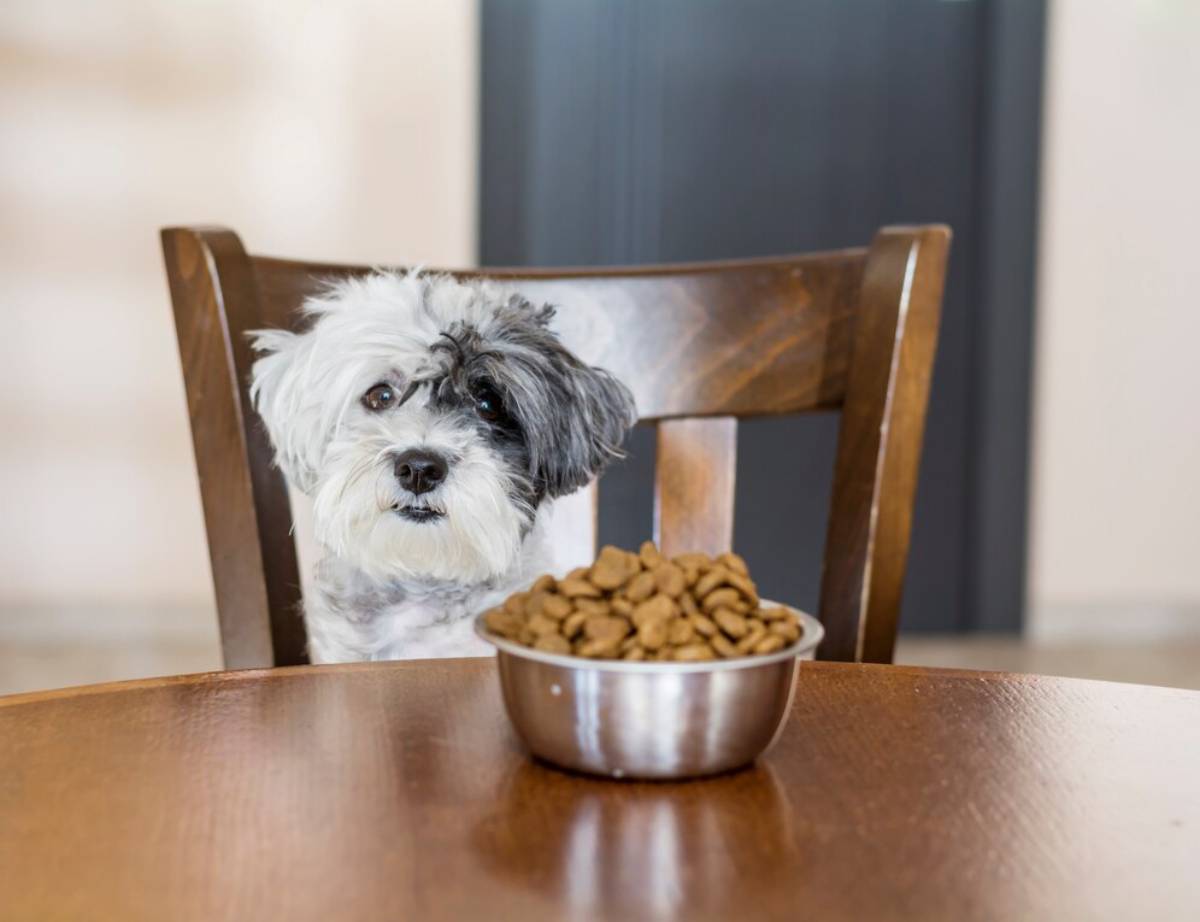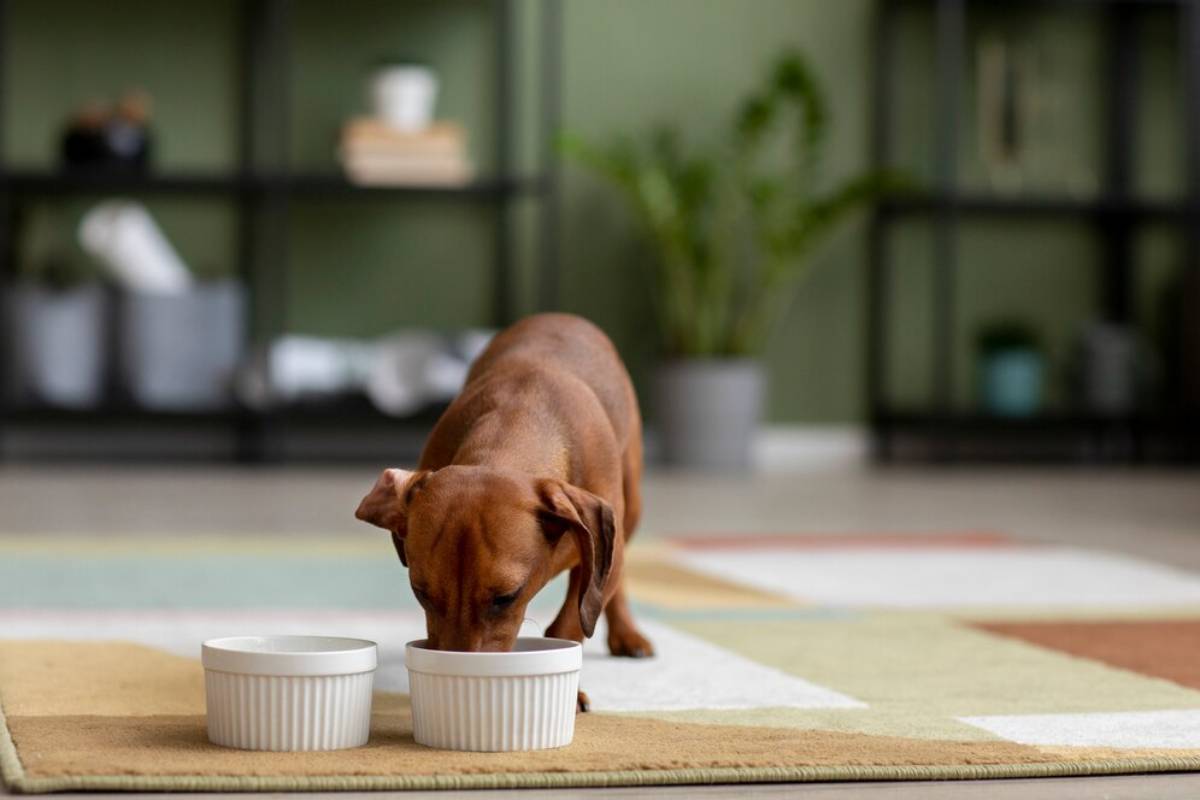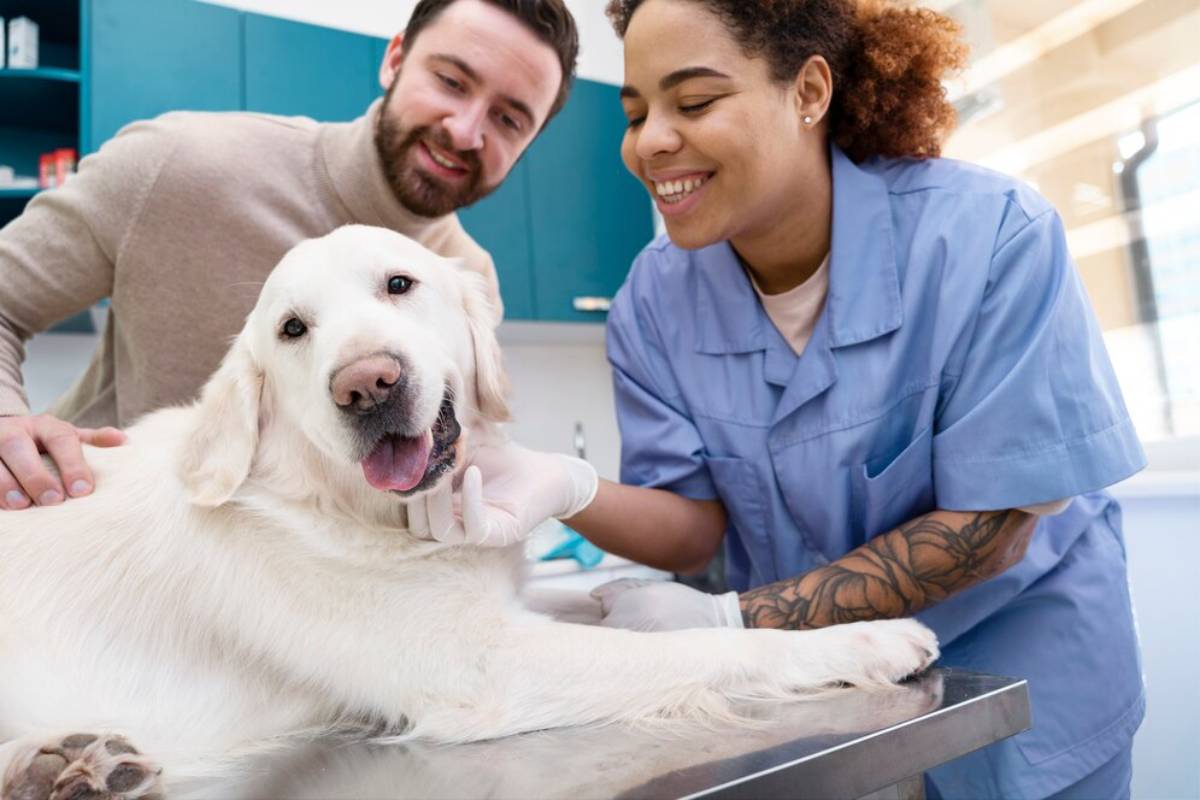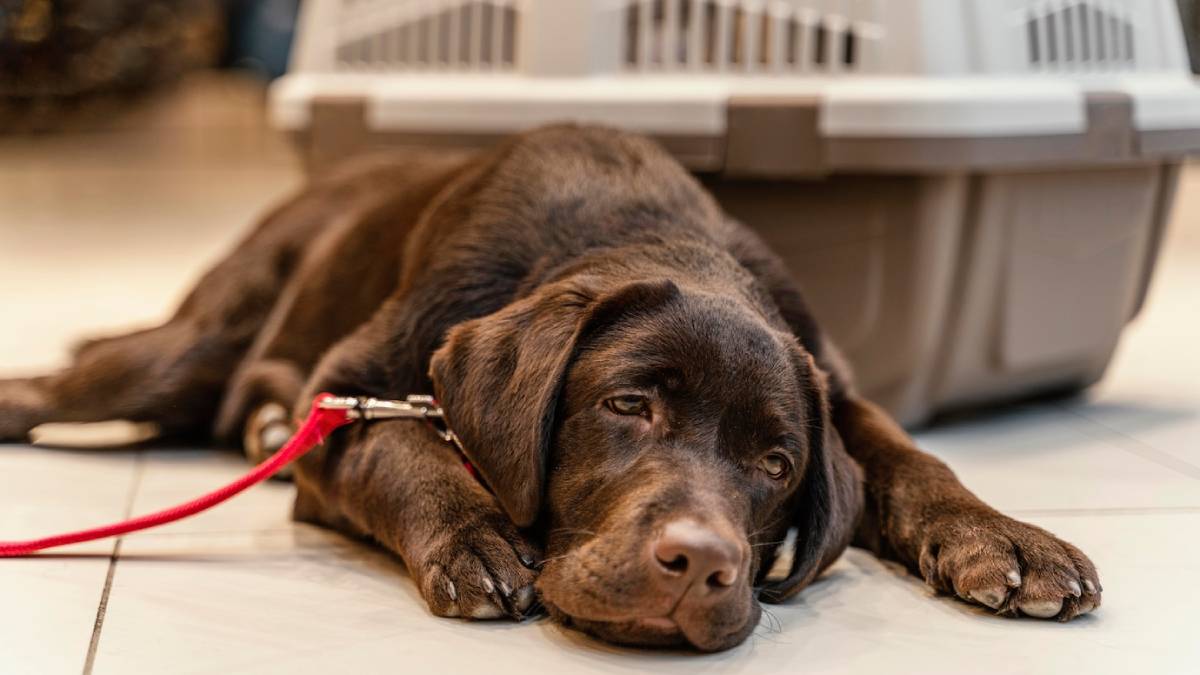
How to Calculate Caloric Needs for Your Dog
Feeding your dog the right number of calories is as vital as choosing high-quality ingredients. Just like us, dogs thrive when their energy needs are balanced with their lifestyle, age, and health status. Underfeeding can leave your pet lethargic or underweight, while overfeeding may lead to obesity and serious health concerns.
Whether you’re preparing homemade meals or supplementing kibble, understanding your dog’s caloric needs helps ensure their diet supports a happy, active life. This guide explores how to accurately estimate those needs using evidence-based methods, with practical advice tailored for pet parents.
Understanding Your Dog’s Caloric Needs

At its core, calculating your dog’s caloric intake involves two key concepts:
- Resting Energy Requirement (RER): The number of calories your dog needs while at rest.
- Maintenance Energy Requirement (MER): The actual number of calories needed daily, accounting for age, activity level, and health.
How to Calculate RER
The basic formula for RER (Resting Energy Requirement) is:
RER = 70 x (body weight in kg)^0.75
Let’s say your dog weighs 10 kg:
- RER = 70 × (10^0.75) = approximately 400 kcal/day
This gives the baseline energy use without extra activity or stress factors.
How to Calculate MER
To estimate your dog’s Maintenance Energy Requirement, you multiply RER by an appropriate factor:
Dog Type, Activity, Factor Neutered
Adult 1.6 Intact Adult 1.8
Inactive/Obese Prone 1.2-1.4
Active/Working Dog 2.0-5.0
Puppy (under 4 months)
3.0 Puppy (4 months to adult) 2.0
Example: A 10 kg neutered adult dog:
- RER = 400 kcal/day
- MER = 400 x 1.6 = 640 kcal/day
Important Tip: Always adjust based on your dog’s actual condition. Weight gain or loss over 2–3 weeks means recalibration is needed.
Quick-Guide: Estimating Dog Calorie Needs
- Weigh your dog accurately.
- Convert weight to kilograms (1 kg = 2.2 lbs).
- Use the RER formula: 70 × (kg^0.75).
- Apply the MER factor based on activity and life stage.
- Adjust over time as needed.
Step-by-Step Guide: How to Practice Dog Calorie Calculation
1. Weigh Your Dog
Use a reliable scale. For small dogs, hold them and subtract your weight. For large dogs, visit your vet or use a pet-friendly scale.
2. Calculate RER
Use the formula: RER = 70 × (kg^0.75). Online dog calorie calculators can help, but learning the method yourself ensures accuracy.
3. Multiply by Activity Factor
Refer to the table above and select the factor that matches your dog’s profile. Multiply it by the RER.
4. Match With Diet Plan
Now that you have your MER, structure meals to match. If feeding homemade food, calculate calories from each ingredient using a nutrition database (like USDA).
5. Monitor and Adjust
Watch for weight fluctuations, stool quality, and energy levels. Tweak meal size or ingredients accordingly every few weeks.
Pro Tip: Keep a feeding journal. Note your dog’s weight, calories fed, and behavioural observations.
Best Practices and Additional Insights
Use a Calorie Log
Keeping track helps spot overfeeding or underfeeding early. Free apps or spreadsheets work well.
Consult a Vet or Canine Nutritionist

Especially when dealing with puppies, seniors, or medical conditions. Custom plans ensure nutritional completeness.
Don’t Forget Treats
Treats should make up no more than 10% of daily calories. Over-snacking is a common cause of unnoticed weight gain.
Choose High-Quality Calories
Nutrient-dense ingredients (like lean meats, eggs, oats, and vegetables) offer better value than empty-calorie fillers.
Common Pitfall: Don’t guess portion sizes. Always measure. Even small misjudgments compound over time.
Consider Your Dog’s Unique Traits
Breed, age, metabolism, and environment (hot vs cold climates) can all shift calorie needs.
FAQs: Dog Calorie Calculation
Q: What if my dog is gaining weight on the recommended calories?
A: Cut back slightly and reassess. Caloric needs are only estimates. Every dog has its own metabolic rate.
Q: Can I use human calorie apps to track my dog’s meals?
A: Sometimes. While apps like MyFitnessPal can help with homemade food, they’re not pet-specific. Prioritise tools made for canine nutrition.
Q: Is raw food lower or higher in calories than kibble?
A: It varies by recipe. Raw food is often more calorie-dense per gram than kibble due to fat content. Always calculate per meal.
Q: How often should I recalculate calories?
A: Reassess every month, or immediately after weight change, neutering, illness, or shifts in activity level.
Q: Should I reduce calories as my dog ages?
A: Often, yes. Older dogs tend to be less active, though not always. Adjust based on condition, not assumptions.
Feed Smart, Live Well

Understanding and calculating your dog’s calorie needs empowers you to make informed feeding choices that promote health and happiness. It’s not about numbers alone—it’s about knowing your dog.
Use this dog calorie calculator guide as your foundation. Keep learning, track your pet’s progress, and don’t hesitate to seek help from a pet nutritionist if needed.
Ready to personalise your dog’s meals with confidence? Start by tracking today’s calorie intake and comparing it to your dog’s ideal MER. Small steps create lasting change.
Explore our other guides on homemade dog food plans, ingredient safety, and nutrition supplements to round out your knowledge.


